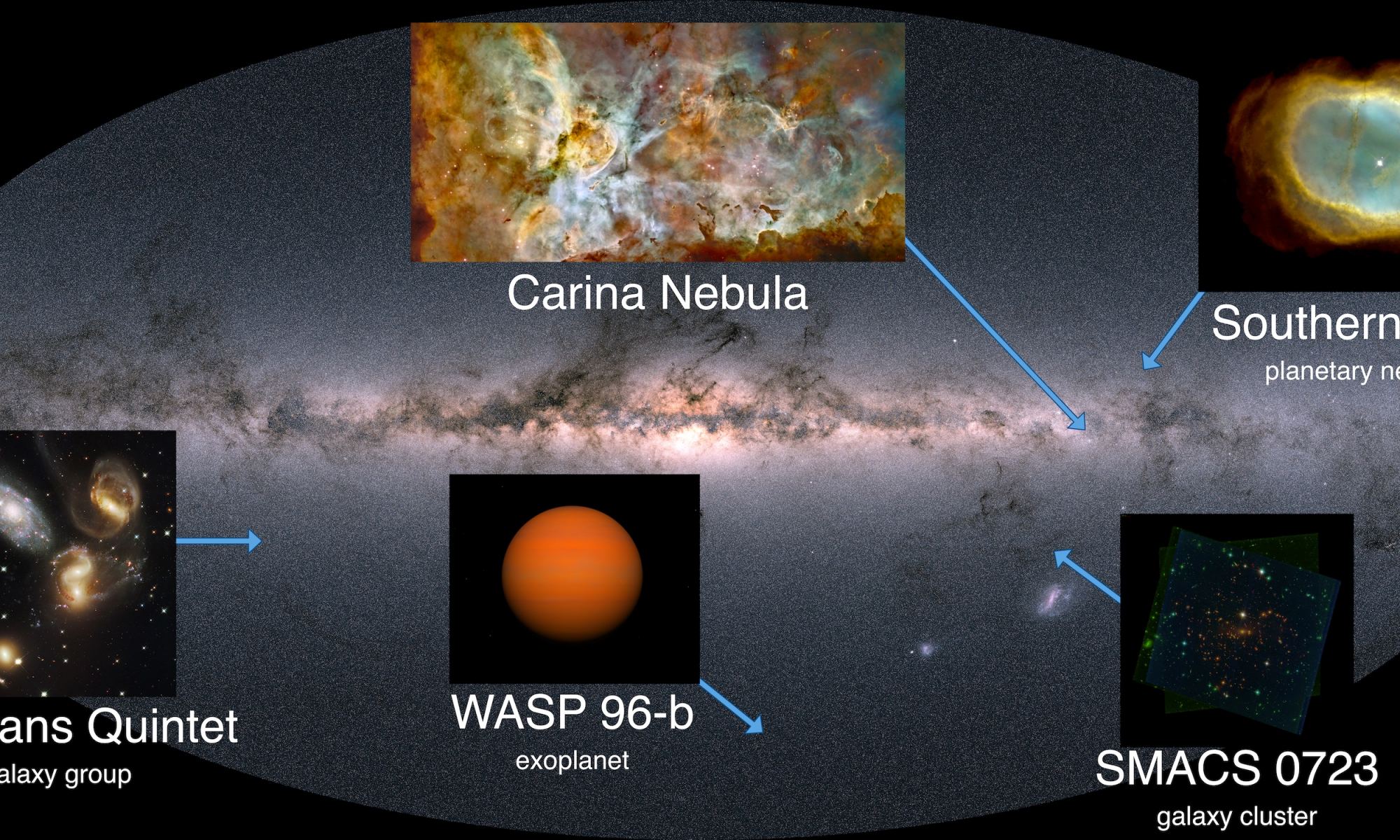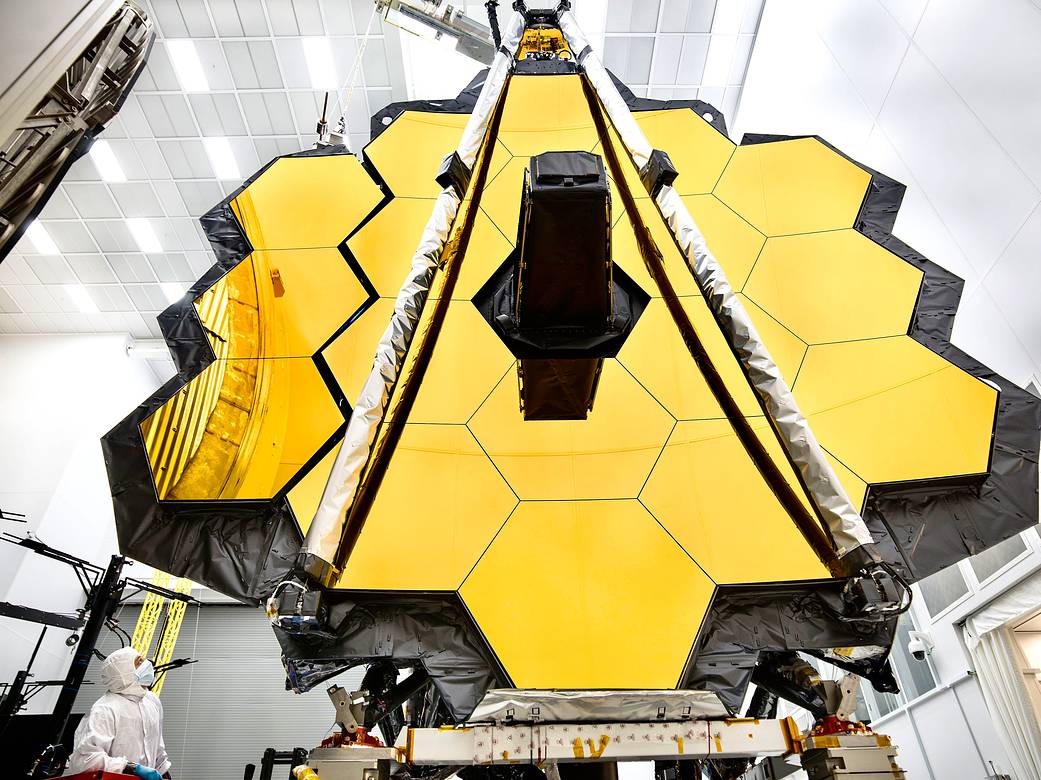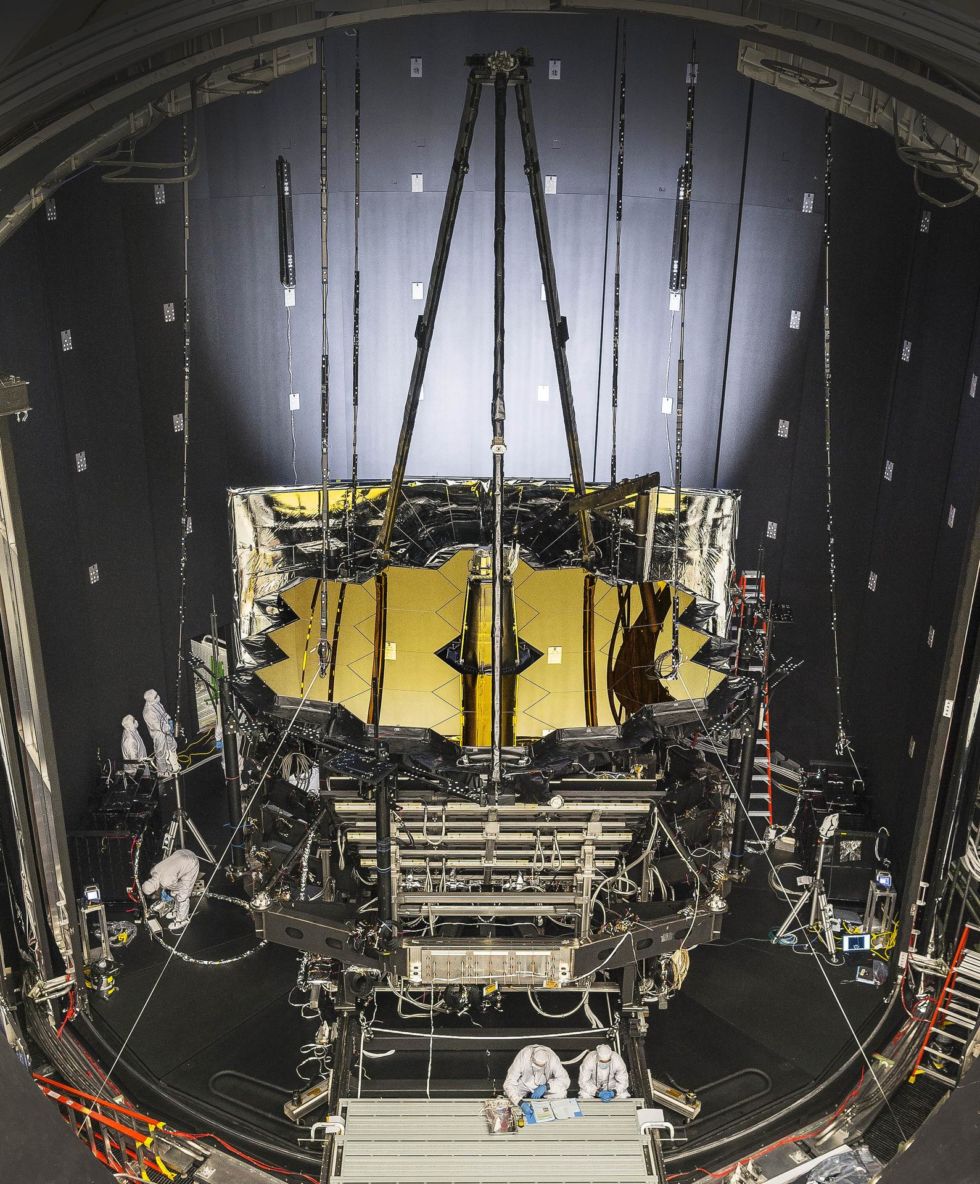After the ‘big reveal’ earlier this week of the James Webb Space Telescope’s first full color images and spectra of the universe, the science team has now released data from closer to home. One stunning shot includes Jupiter and its moons, and there are also data from several asteroids. These latest data are actually just engineering images, designed to test JWST’s ability to track solar system targets, as well as test out how the team can produce images from the data. The quality and detail in these test images have excited the mission scientists.
Continue reading “JWST Also Looked Inside the Solar System, at Jupiter and its Moons”JWST Also Looked Inside the Solar System, at Jupiter and its Moons









